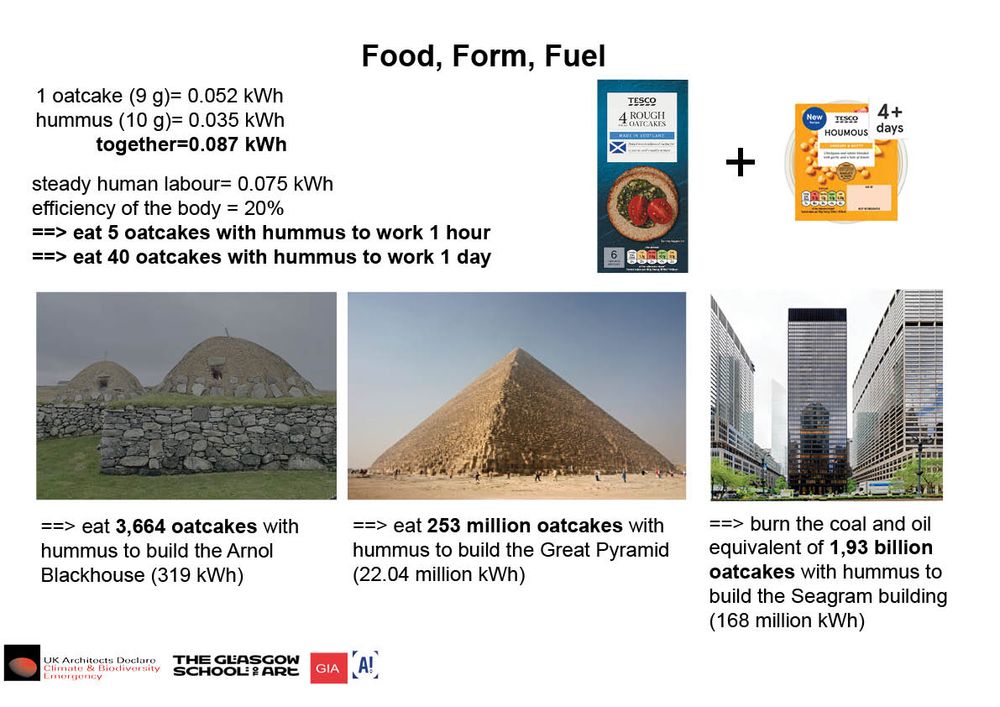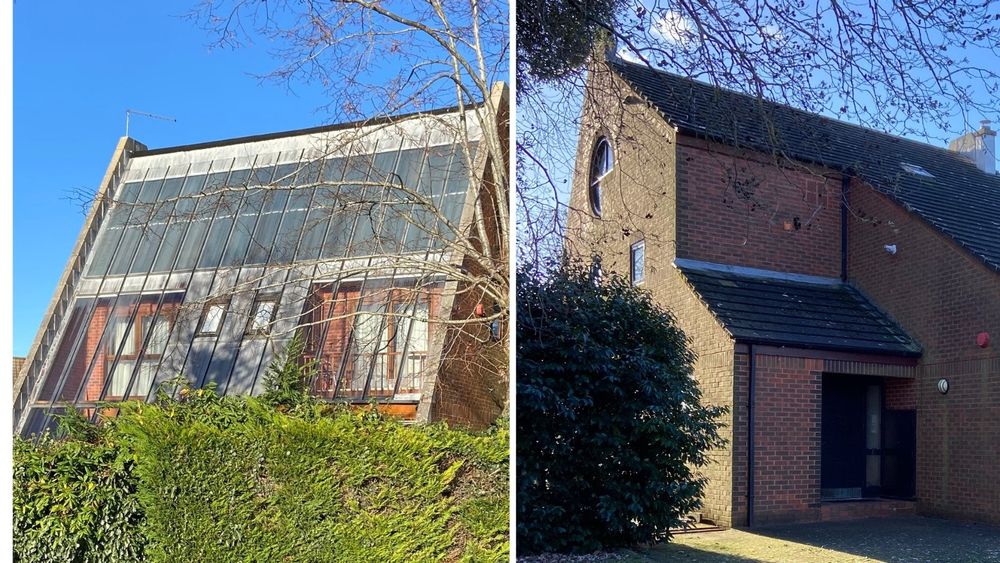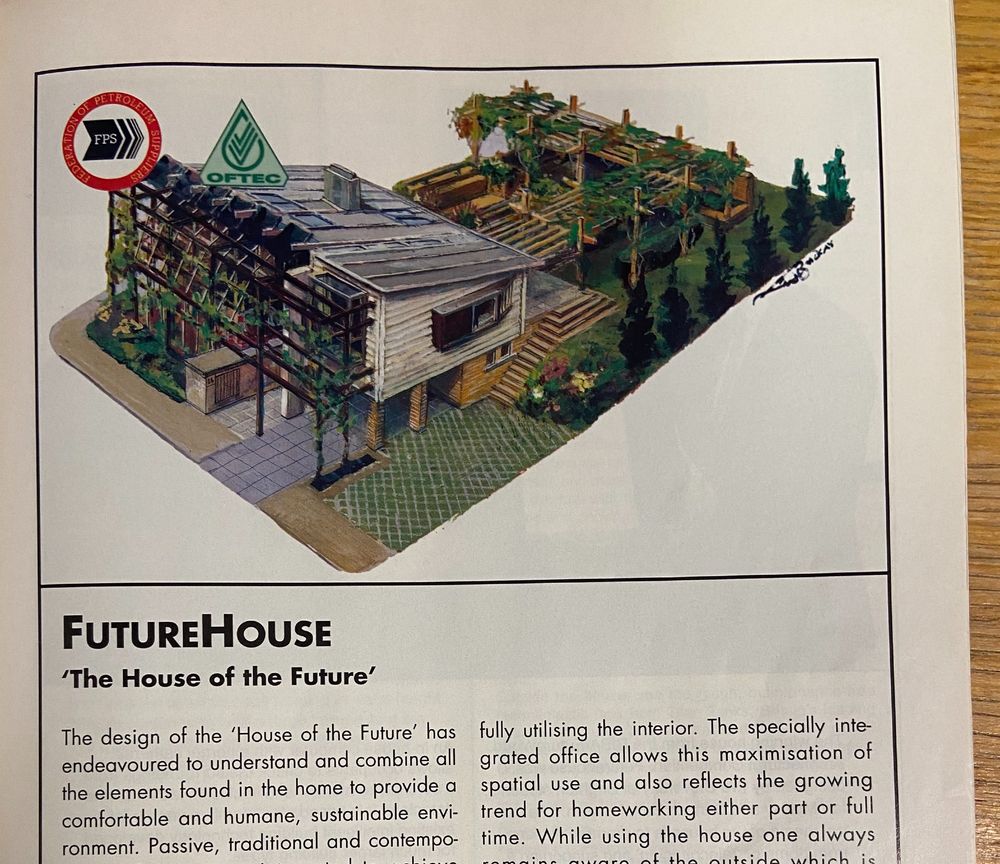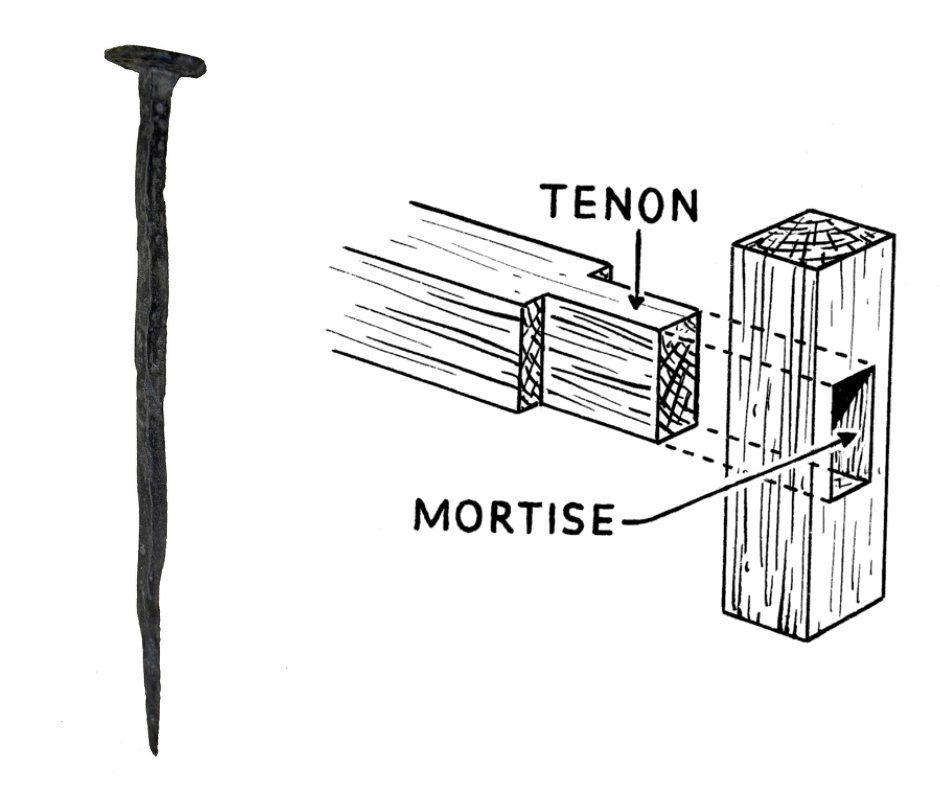
Professor at the Glasgow School of Art, Glasgow, UK
Head of History of Architecture and Urban Studies (HAUS) florianurban.com

www.amazon.co.uk/Form-Follows...




Presentations by John Joseph Burns, Barnabas Calder, and Florian Urban
Free entry - please register with Eventbrite



Please join me at the event "Eco-Brutalism" at the Farrell Centre in Newcastle on Wed 5/3/25 at 18.00 www.farrellcentre.org.uk/whats-on/eco...
and if you can't make it, check out the exhibit, online or in person!









@barnabascalder
Humans are weak. Their muscle power is about 0.6 kWh in 8 hrs, as much as 5 g of crude oil. And oil is still cheap –just $0.03 for 5 g.
No wonder why no one builds their house with muscle power any more, as people did on Lewis in 1875...

@barnabascalder
and I proudly announce our co-authored book on #architectureandenergy, working title “Form Follows Fuel – 14 Buildings from Antiquity to the Present” (Routledge 2025). Follow us for sneak peeks


